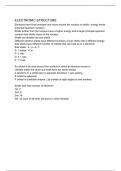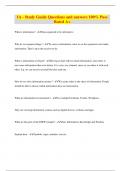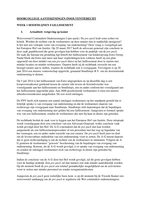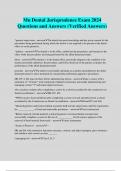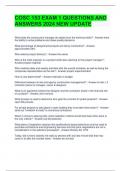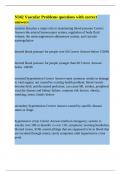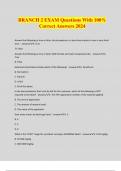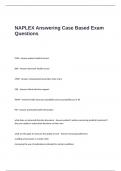Summary
electronic structure & bonding and structure summary
- Course
- Institution
detailed notes on content in module 2 including: electronic astructure and configuration, bonding and structure, types of intermolecular forces and shapes of covalent molecules diagrams to aid learning
[Show more]
